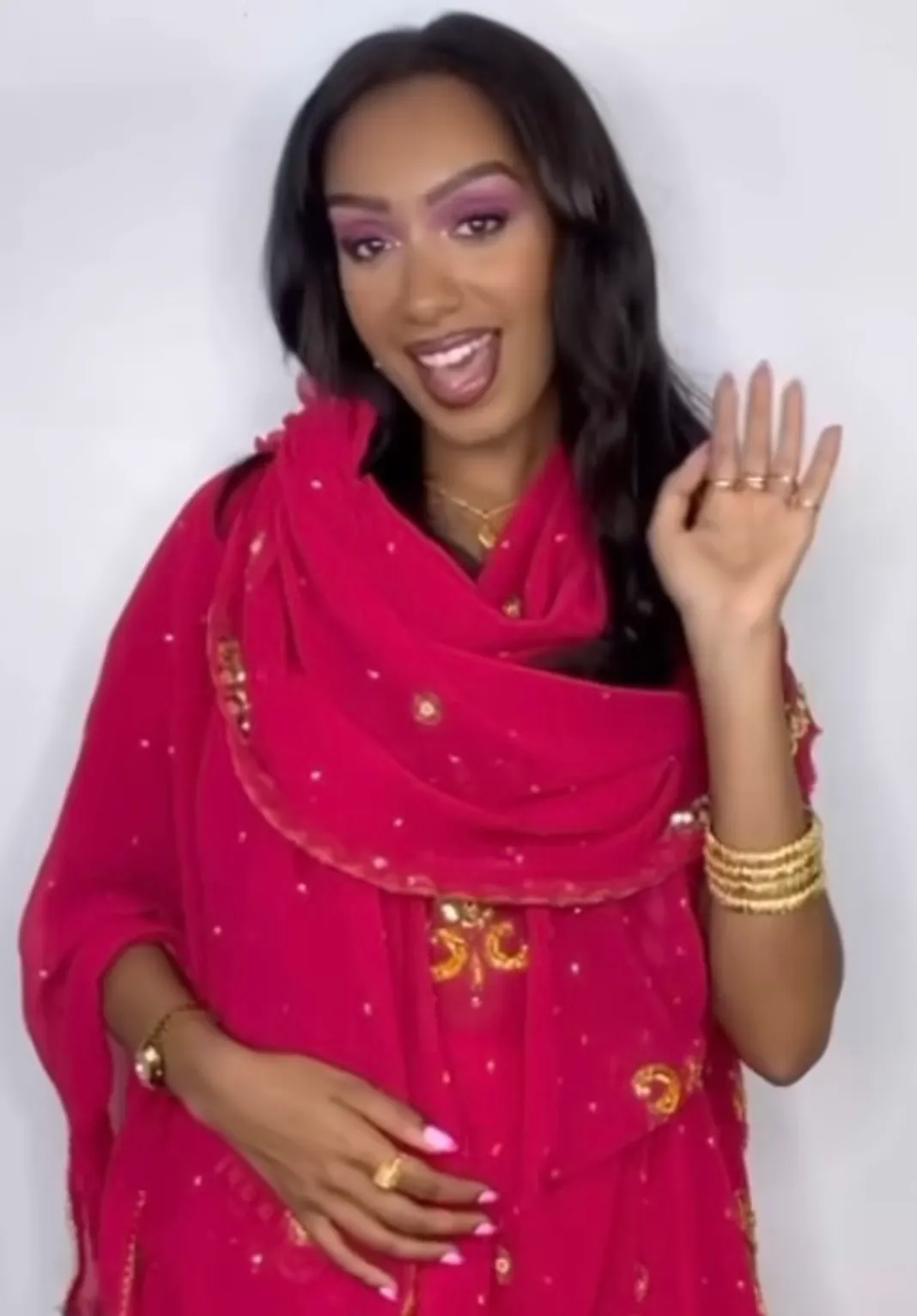Take it from Morgan Stanley, the summer of 2023 was the summer of girl power, thanks to the likes of Taylor Swift, Beyoncé, and Barbie seeping into every nook and cranny of pop culture and beyond–with Swift’s Eras Tour, Beyoncé’s Renaissance Tour, and the Warner Bros.-produced blockbuster Barbie film collectively boosting the U.S. economy in Q3 of 2023 by $8.5 billion.

This was never necessarily unpredictable, as 2023 was also the year the World Health Organization declared that COVID-19 is no longer a global health emergency—beginning a de facto post-pandemic era that’s put consumers on the lookout for experiences to which they can devote some lockdown-induced pent-up energy. A notable common denominator among the Swift, Beyoncé, and Barbie aficionados of the world has been paying tribute to the aforementioned concerts and movie by way of outfits inspired by their headliners’ legacies.
Mona Wazir, a TikTok and Instagram content creator whose posts revolve around wellness and beauty, is among the numerous people to join in this phenomenon—with a twist. She decided to use the Barbie-inspired fashion trend (affectionately dubbed “Barbiecore” by social media users) to educate people about the cultural attire common in her family’s hometowns of Harar and Dire Dawa, Ethiopia.
Wazir has showcased herself in a TikTok video that’s set to the sounds of various Barbies and a comically boisterous (off-camera) Ken from Barbie greeting each other. In the now-viral clip, Wazir appears in the articles of clothing women often wear in both Harar and Dire Daw, styling them how she envisions an Ethiopian Barbie might–using, for example, mal fota (a scarf typically worn over the head or draped over the shoulders) and gey ganafi (traditional pants).
“The colors that I chose were lighter colors–just kind of lighter, girly, feminine colors–to go with the whole Barbie [theme],” she explains to Hollywood.com, adding that part of the reason she opted to post a cultural take on Barbiecore also had to do with representation.
“When you look at Barbie, {she} is basically predominantly just white, skinny, blonde … and that’s not something that I can relate to in any way,” Wazir says, “So I just kind of wanted it to be relatable and fun, and to also showcase my traditions from back home.”
Mattel’s Barbie doll and toy franchise–the titular inspiration behind the Margot Robbie-starring film – prides itself on being a champion of much-needed representation in the world of fashion across the board, especially within its Fashionistas line, which features Barbies of multiple skin complexions, hairstyles, hair textures, and body types. But Hope Simpara, an associate professor of practice of fashion industry’s science and technology at The University of Arizona, clarifies that it hasn’t always been this way despite Mattel’s current efforts.
“Barbie was created to sort of fit an ideal that doesn’t exist in normal society, even with her measurements,” Simpara tells Hollywood.com.
Simpara, an avid fan of the toy line since her childhood, adds that even Mattel’s early efforts at making its Barbie line more inclusive and appealing for Black people, Indigenous people and other People of Color (BIPOC) still somewhat missed the mark.
“Christie [the first Black doll in the Barbie line] was introduced in the late 1960’s, and I think that was Mattel’s first attempt to try to answer to more inclusive practices and inclusive play,” Simpara explains, “But, still, Christie was not Barbie. She was, you know, a friend of Barbie.”

“Hi Barbie! Hi Ken!” Internet beauty content creator and wellness expert Mona Wazir in all her Barbiecore glory.
That aside, she maintains the Barbie franchise has made many strides in terms of inclusivity, adding that piquing the general public’s interest in high fashion wasn’t necessarily a direct result of the theatrical tie-in, but rather a ripple effect the doll franchise has been generating for a long time.
“When they designed [Barbie’s various outfits], they were looking at high fashion. It was a good way to get people to think about fashion, design, and dressing the body – especially children as they start to develop their own style and aesthetic,” Simpara says, citing her introduction to the work of Oscar de la Renta through a blue Barbie dress that was part of a collaboration between the Oscar de la Renta label and the Barbie franchise.

“When you look at Barbie, {she} is basically predominantly just white, skinny, blonde … and that’s not something that I can relate to in any way.”
The “Barbiecore” fashion trend is starting to wind down as Barbie itself has made its way to streaming platforms, and as the weather has started to shift gears into the much less bubblegum-pink friendly fall. But given the mostly positive response her Barbie-inspired content received, Wazir says she wants to continue sharing different aspects of her Harari Ethiopian culture with more fashion-centric content in the future.
About the Author:
Dalia Abdelwahab is a music, entertainment and culture journalist based in the NYC Metropolitan Area. Her reporting focuses on identifying the intersections between how entertainment is produced and perceived in all its forms, and the state of our society and culture at every given moment. She also has experience with covering national news and foreign affairs.


